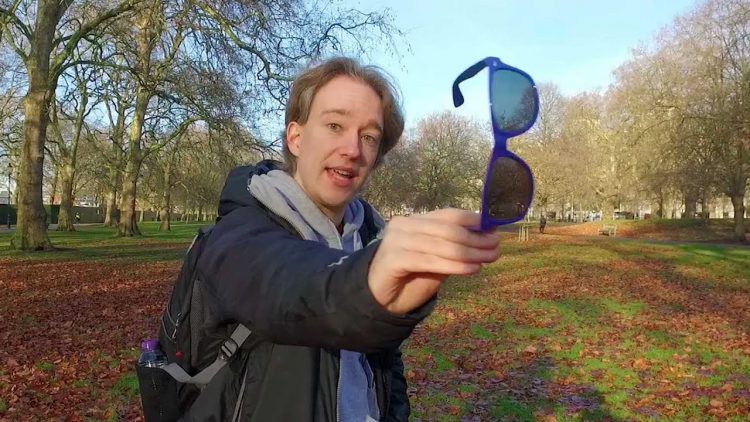How a Moving Video Image Can Be Two and Three Dimensional at the Same Time

In a rather dizzying episode of "Things You Might Not Know", host Tom Scott explains via a constantly rotating camera courtesy of Matt Gray, how a moving image captured on video can be both two dimensional and three dimensional at the same time. This feature is called the Pulfrich effect, which states a moving object is interpreted by the brain as having depth due to how long it takes for each eye to transmit the information.
If you put dark sunglasses over your right eye, then the image from that eye will get delayed by about one frame on its way through your brain. So you end up seeing two different images, one frame apart in time. But that's not enough to create a stereo pair on its own. The other ingredient is the bizarre, nausea-inducing moving camera. Because that camera has constantly been in motion, your right eye has been lagging behind by about one frame,
just as if there was a second camera just to the right of that one, giving a separate stereo image to your right eye.